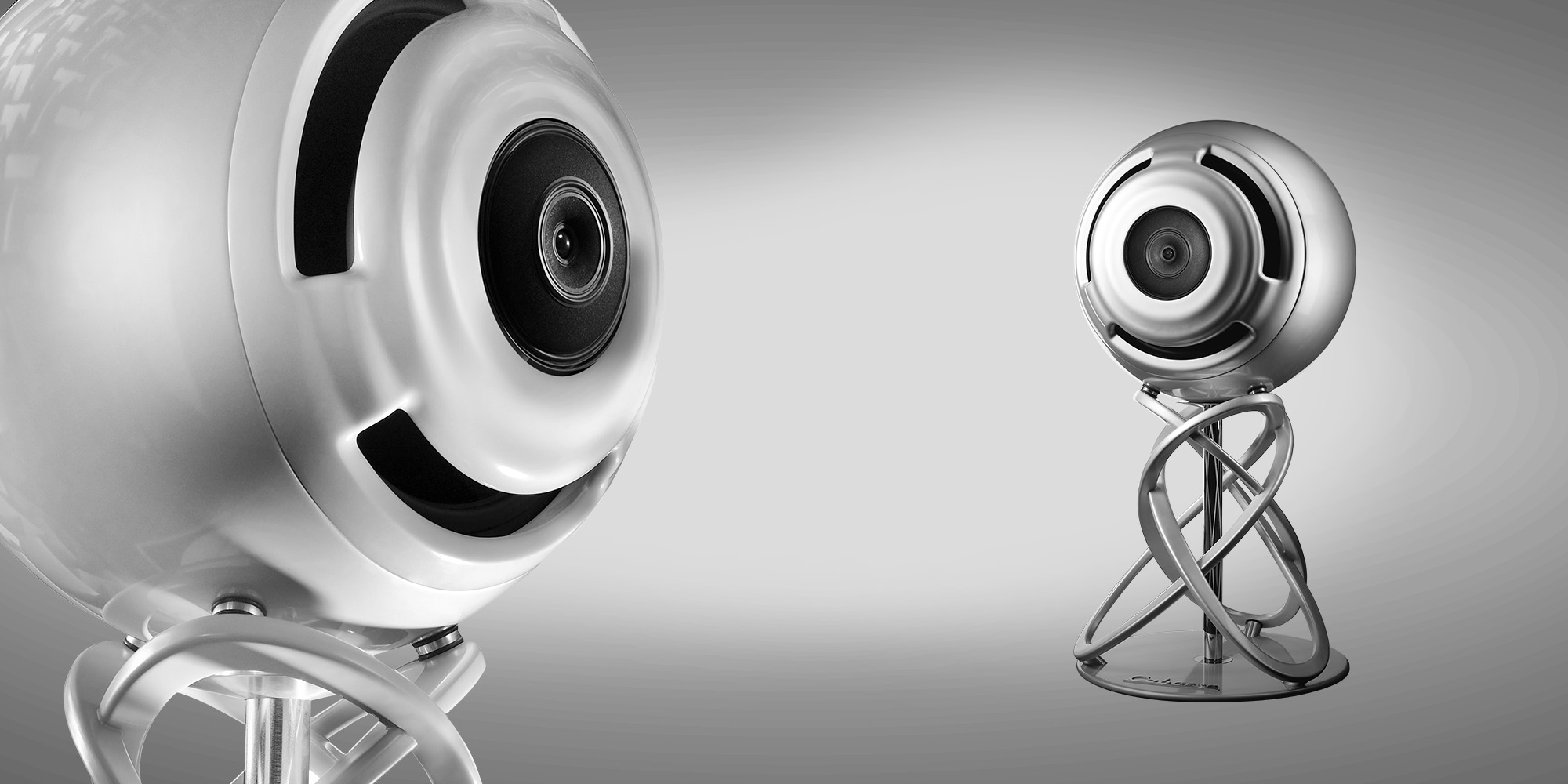- Joined
- Jun 5, 2016
- Messages
- 2,874
- Likes
- 4,674
*For those unfamiliar with American cleaning supplies, the foam material used here is commonly sold in the US under the "magic eraser" brand name.
There’s a really unusual design in the current issue of Klang+Ton called the Monacor Triax 15. Basically it looks "inspired by" ME Geithain but with a less interesting bass cabinet - there is a 6" mid and an AMT tweeter on a bridge over a 15" woofer, but the woofer is standard bass reflex cabinet rather than a cardioid. Woofer-to-mid crossover is a bit under 500Hz. It looks like the writeup on this speaker (in German) is free at the link below (I did not redline it against the K+T article but it looks substantially the same):

 www.hifitest.de
www.hifitest.de
The really interesting part to me is the mid “enclosure” - there is none! All they did was plug the midrange's pole piece with a felt furniture foot and wrap the midrange basket in a magic eraser* that seems to be secured with the midrange's speaker wire! (The mid-tweet baffle itself seems to be some sort of laminated construction, with a 10mm board and a 6mm board, along with a carpet underlayment-type material.)

My (bad) translation of the relevant part: The holes in the basket of the midrange are covered with Basotec, and its polepiece is sealed with a felt glider from the hardware store. The mid doesn’t have to play bass, so [the foam and felt] largely acoustically seal it."
The FR - fairly described in the article as "not the prettiest in the world" - does not really show any clear effects from the midrange "chamber" from what I can see, but obviously that's just a sweep and not IM. This might be a question for @René - Acculution.com!
There’s a really unusual design in the current issue of Klang+Ton called the Monacor Triax 15. Basically it looks "inspired by" ME Geithain but with a less interesting bass cabinet - there is a 6" mid and an AMT tweeter on a bridge over a 15" woofer, but the woofer is standard bass reflex cabinet rather than a cardioid. Woofer-to-mid crossover is a bit under 500Hz. It looks like the writeup on this speaker (in German) is free at the link below (I did not redline it against the K+T article but it looks substantially the same):

Monacor Triax 15
Na, gefallen ist er nun nicht gerade, auch wenn die gedrungene Box „Triax 15“ auf dem Boden kauert – aber aus der Position kann man den Hörer auch am besten anspringen.
The really interesting part to me is the mid “enclosure” - there is none! All they did was plug the midrange's pole piece with a felt furniture foot and wrap the midrange basket in a magic eraser* that seems to be secured with the midrange's speaker wire! (The mid-tweet baffle itself seems to be some sort of laminated construction, with a 10mm board and a 6mm board, along with a carpet underlayment-type material.)

My (bad) translation of the relevant part: The holes in the basket of the midrange are covered with Basotec, and its polepiece is sealed with a felt glider from the hardware store. The mid doesn’t have to play bass, so [the foam and felt] largely acoustically seal it."
The FR - fairly described in the article as "not the prettiest in the world" - does not really show any clear effects from the midrange "chamber" from what I can see, but obviously that's just a sweep and not IM. This might be a question for @René - Acculution.com!


